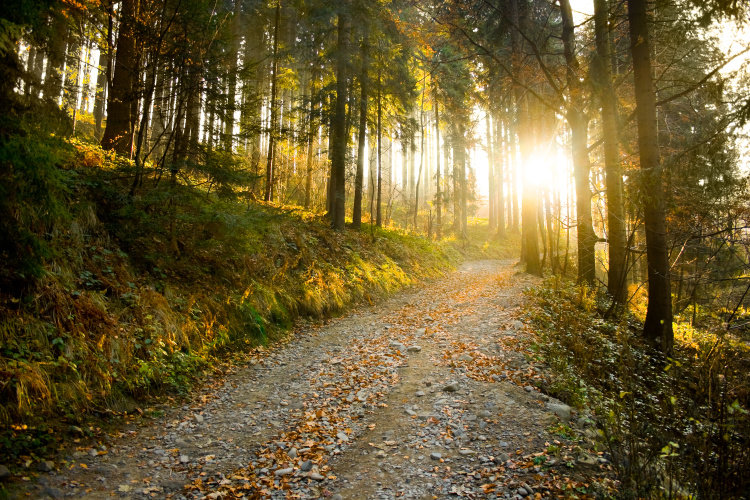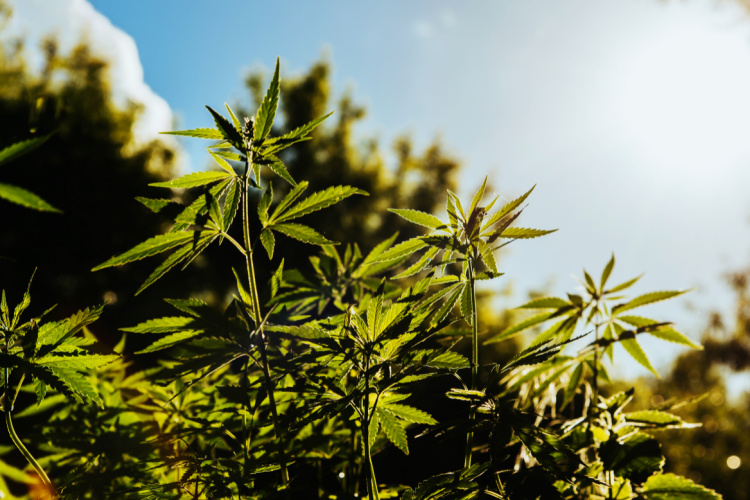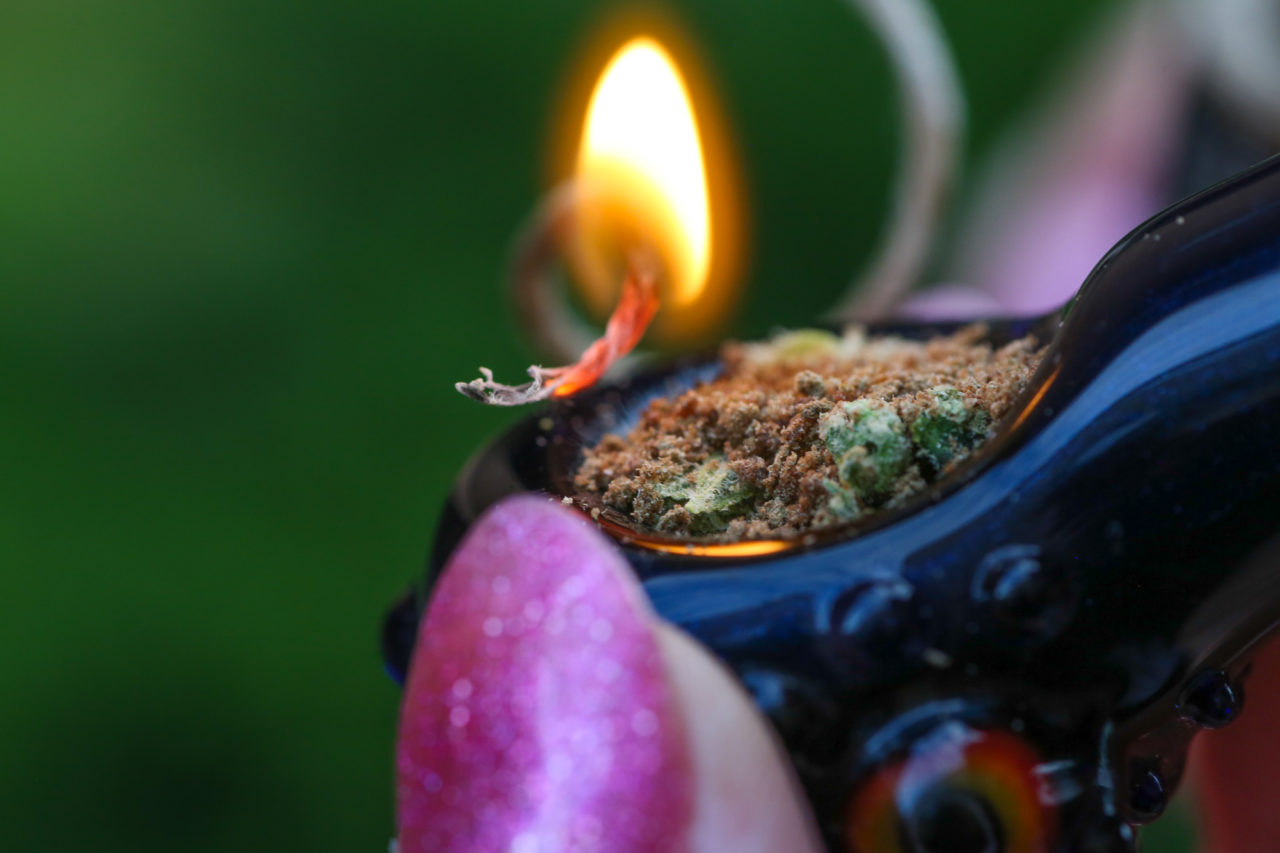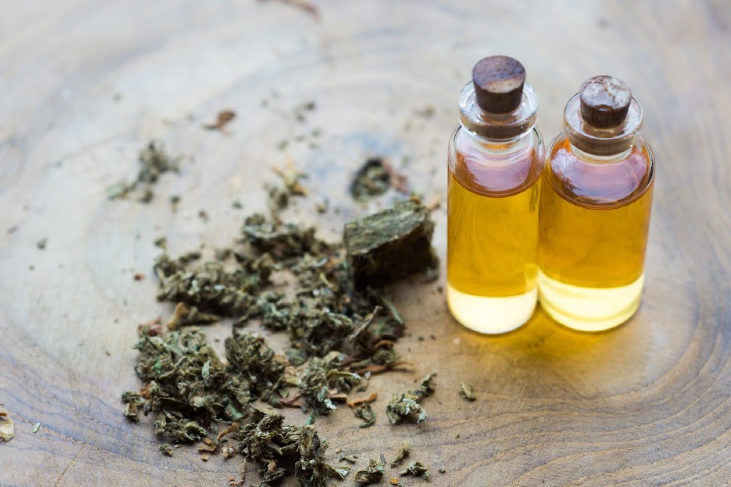Nowadays when you can stroll into your favorite dispensary and find top-shelf, locally grown cannabis every day, it’s hard to imagine a time when access to cannabis was not only challenging, but even dangerous. That was certainly the case if you go back more than a half-century, when thousands of Western travelers set out on a meandering path—alternatively known as the “Road to Kathmandu,” the “Overland,” or most famously the “Hippie Trail”—to find adventure and enlightenment.
Oh, and cannabis.
In today’s post, we’ll share the story of the Hippie Trail, and how it turned on a small but influential core of Westerners eager for an alternative to consumerism and conformism. In the process, it helped popularize many of the most legendary indica strains, a development for which our team here at Greenside Rec is profoundly grateful.

The Hippie Trail: A Storied Route Into the Heart of Asia
Picture this: It’s the late 1950s. The U.S. (and much of Europe) are enjoying a post-War boom as consumer culture—spread by radio and the new medium of television—is defining people’s lives and aspirations to an ever-increasing degree. The term “hippie” won’t appear for years yet, but it’s vanguard is already forming: Young men and women who yearn for something more meaningful, more impactful, and more lasting than the chance to pursue an increasingly manufactured version of the American (or Western) Dream.
Drawn by desire for adventure, the promise of Eastern contemplative traditions such as Buddhism, and the mind-expanding possibilities of illicit drugs such as cannabis, a throng of young pioneers set out singly and in small groups to find what ancient traditions had to offer. As Rory MacLean writes in Magic Bus, a history of the Hippie Trail: These travelers were “the first movement of people in history traveling to be colonized rather than to colonize.”

Less a formal route than a series of overland roads and pathways, the Hippie Trail originated in London and other major Western cities, typically passing through Istanbul in Turkey. There, pilgrims might decide to continue east through cities such as Tehran, Kandahar, and Lahore, and on to India and farther points. Others headed in a more southerly direction, transiting Syria, Jordan, and Iraq to Pakistan.
For many of them, as the saying goes, the journey itself was the destination. Soon, cafés, inexpensive restaurants, hostels, and other facilities sprang up to accommodate these unlikely travelers. It’s no exaggeration to say that many of the connections and cross-pollinations that began here would go on to shape Western culture during the following decades—an influence that persists today.
Of course, those Westerners were influenced by something else on the Trail: Indica strains— particularly Kush, a legendary plant said to grant powerful visions and feelings of serenity and peace.

The (re)Discovery of the Afghani Strain
Indica strains weren’t completely unknown in the West. After all, “marihuana” had already played a major role in shaping immigration policy here in the United States. And long before that, hemp was a vital commercial crop in the Thirteen Colonies.
But these indica strains were something different: Powerfully psychoactive, they were the perfect enhancement to Western travelers’ already expanding consciousnesses. The Afghani strain—otherwise known as “Afghan” or “Afghanistan”—became legendary for its deeply relaxing and meditative qualities, not to mention its sweet and earthy flavor.
As the Hippie Trail reached its peak in the late ’60s, some enterprising growers took it upon themselves to bring viable Afghani strain seeds back home with them, where the cannabis seeds laid the groundwork for the next generation of cultivated indica strains. Given their prodigious resin production and potent effects, it’s no wonder they kick-started the first “Golden Age” of cannabis in the West. It’s one we’re grateful for, and can only hope to build on ourselves!
Want to check out indica strains, including descendents of the Kush and Afghani strains? Choose from the many options we have in stock. Stop by or order online.





